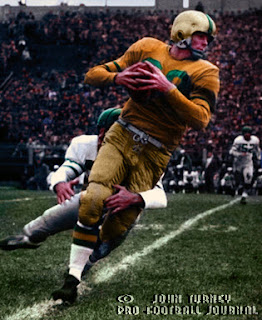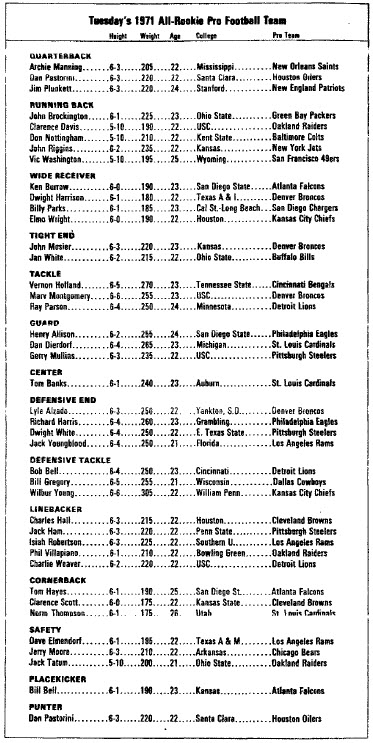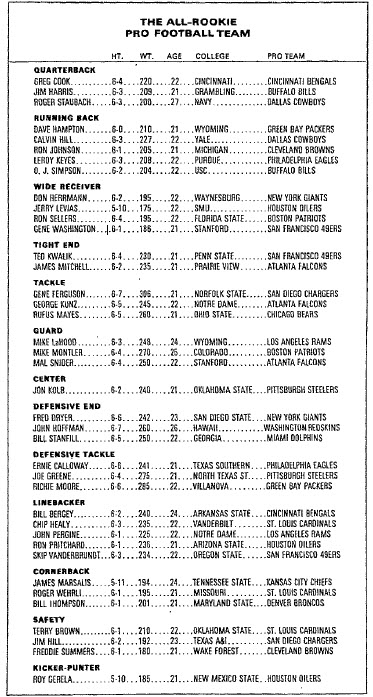By John Turney
After weeks of negotiation, the Rams signed future Hall of farmer Bobby "The One that Got Away" Wagner to a five-year $50 Million contract today, according to social media reports.
Wagner is the "one that got away" because in 2012 Jeff Fisher wanted to draft him in the second round of the draft but the Rams traded down once too often and lost the chance to draft him. Rather than taking Wagner the Rams traded down and when they got to the lower second-round pick Wagner was gone so they took running back Isaiah Pead and guard Rokevious Watkins with the extra fifth-rounder they picked up by trading down. Seattle was certainly the beneficiary of that trade down.
Now they have him, but is it too late?
Certainly, he is better than what the Rams had in 2021 in Troy Reeder by factors, not percentages. He's got skills and experience that 2021 rookie Ernest Jones does not yet have but what about the scheme? In 2021 The Rams used a one inside linebacker scheme 60.1% of the time. They used their base 3-4 defense (which uses two inside linebackers) just 16% of the time.
The Rams run (from a personnel standpoint) a 33 nickel that lines up 5 across and has one second-level linebacker, so we'll call it a "5-1"—though Fangio calls it a "Penny front". That one linebacker would be, presumably Wagner or Jones who came on late in the year. The Rams ran this "5-1" about 30% of the time (37% in 2020).
 |
| Ernest Jones |
The Ran their 4-2-5 nickel (deploying two inside linebackers) 23% of the time. They ran that same basic package with one linebacker and one safety (usually Taylor Rapp) in the linebacker spot 27% of the time. However, remember when watching each of those 4-2-5 packages one cannot tell which is which unless you look closely at who is in the game. Both are nickel defenses with just the exception that sometimes Rapp is the dime back and the scheme is a true 4-1-6.
This just means that just because the personnel is dime does not mean the defense is in dime if, as in this case, a safety is playing the linebacker spot—one has to look at the alignment of the offense and the defense to see if it is nickel or dime. Regardless, from our observations, most of the Rams dime personnel was deployed as nickel or a "4-2-5" look.
The singing of Wagner may cause the Rams to employ more of the 4-2-5 nickel with two inside linebackers and less of the dime personnel populating the nickel package, that is if they want to get Ernest Jones experience.
We don't know what Rapp's role will be in 2022 but the way Nick Scott played in the playoffs Rapp may have lost his right safety job anyway and his role as a nickel linebacker may be also diminished with the arrival of Wagner, again, if they want Wagner and Jones on the field more than the 39% of the time Rams ILBer were on the field together in 2021.
Certainly, it is too soon to know anything, but we've brought you the numbers and the key one is that the Rams, in 2020 and 2021, like one inside linebacker on the field to the tune of about 60% to 40% to match with their gap-and-a-half front. That is what they have had success with (NFL's top defense in 2020 and a defense that ranked 5th in DVOA in 2021 and oh, by the way, was great in the playoffs and Super Bowl) and what they may have to tweak to fit in Wagner's savvy.
We'll see how it pans out in 2022 with a solid, but aging vet in Wagner and a young up-and-coming possible star in Ernest Jones and if the Rams can find a way to get them to fit together have two inside linebackers on the field more than 40% of the time.
Questions will be answered in the Fall.


















































